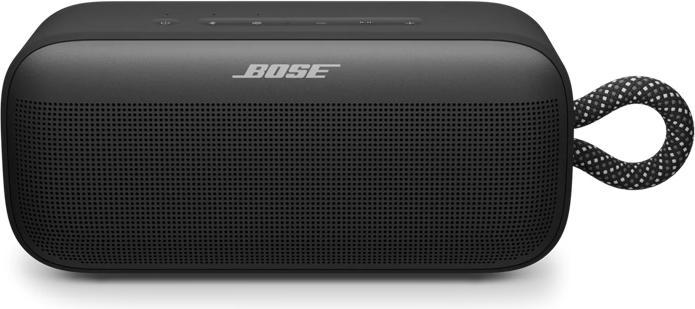
Top rated Electronics modules
Here's a ranking of the top rated products in this category. To give you a quick overview, we've also added some key information about the products.
1. Sonoff USB dongle ZBDongle-E, Zigbee
The Sonoff ZBDongle-E is a powerful Zigbee 3.0 gateway designed for open-source platforms. It features an EFR32MG21 main chip and a CH9102F serial chip, which operate faster and more efficiently than the CP2102N. The dongle supports up to 32 devices or as many as your platform allows. It comes pre-installed with the Ember-ZNet protocol instead of Z-Stack, as well as the ZigBee EZNET 6.10.3 coordinator software, and offers support for OpenHab and Home Assistant, along with Zigbee2MQTT compatibility with BASICZBR3, S31 Lite zb, SNZB01, SNZB02, and SNZB03 devices.

2. Adafruit Micro Lipo w/MicroUSB LiIon/LiPoly
This small lipo charger is so handy that you can keep it on your desk or easily incorporate it into any project. Simply connect it to a USB port using any MicroUSB cable and attach a 3.7V/4.2V lithium-polymer or lithium-ion battery to the JST connector on the other end. There are two LEDs - one red and one green. During the charging process, the red LED lights up. When the battery is fully charged and ready for use, the green LED turns on. Seriously, it doesn't get any easier than this.
Charging occurs in three stages: first, a pre-conditioning charge, then a constant current fast charge, and finally a constant voltage trickle charge to keep the battery topped off. The default charging current is 100 mA, making it compatible with any battery size and USB port. If you prefer, you can easily switch it to the 500 mA mode by closing the jumper on the front if you only want to charge batteries with a capacity of 500 mAh or larger.
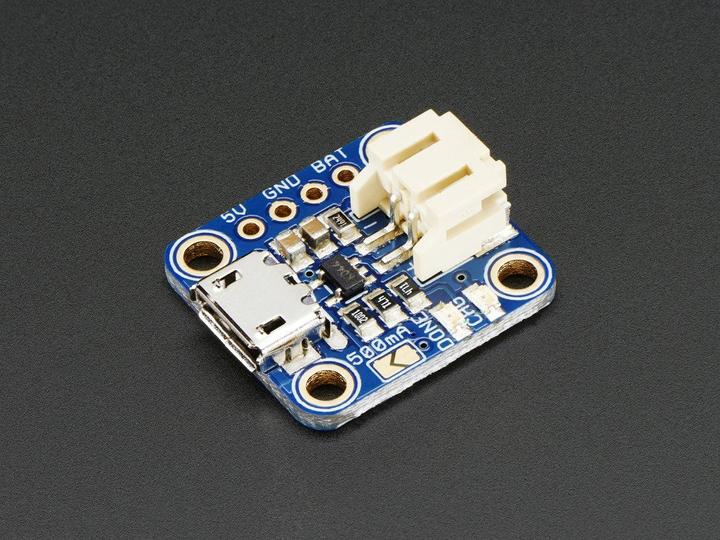
3. Adafruit Micro Lipo USB LiIon/LiPoly charger v1
Oh, how cute, this is the smallest Lipo charger, so practical that you can keep it in any project box! It's also easy to use. Just connect the gold-plated contacts to any USB port and a 3.7V/4.2V lithium polymer or lithium-ion battery to the JST connector on the other side. There are two LEDs - one red and one green. During the charging process, the red LED lights up. When the battery is fully charged and ready for use, the green LED lights up. Seriously, it couldn't be easier.
The charging occurs in three stages: first, a pre-conditioning charge, then a constant current fast charge, and finally a constant voltage trickle charge to keep the battery topped off. The charging current is set to 100mA by default, so it works with any size of batteries and USB ports. If you want, you can easily switch it to the 500mA mode by closing the jumper on the back, but then you can only charge batteries that are 500mAh or larger.
For use only with Adafruit LiPoly/LiIon batteries! Other batteries may have different voltage, chemistry, polarity, or pin configuration.
* Comes assembled and tested with a free JST bonus cable!
* 5V input via a PCB-like USB connector
* For charging single lithium-ion/lithium-polymer 3.7/4.2V batteries (not for older 3.6/4.1V cells)
* 100mA charging current, adjustable to 500mA by soldering a jumper
* Free 2-pin JST cable included!
Batteries not included.
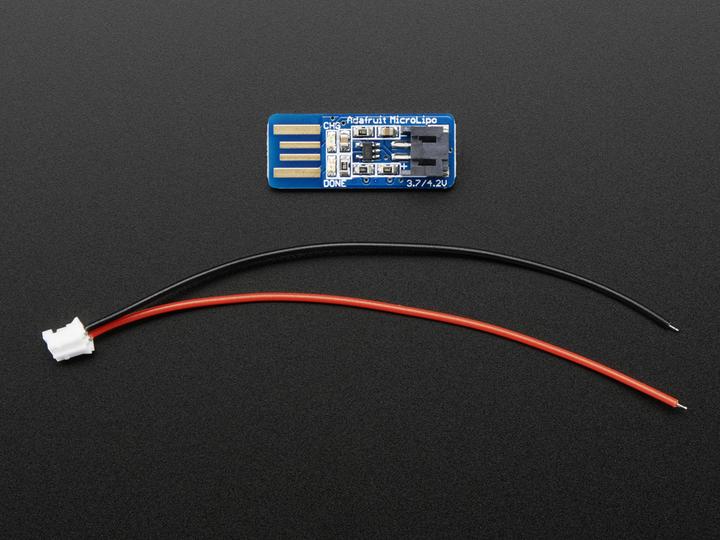
Adafruit Micro Lipo USB LiIon/LiPoly charger v1
Various
4. Raspberry Pi Microelektronika RaspyPlay4
HiFi audio card for Raspberry Pi. A popular solution for home multimedia centers. PCM5122 DAC for great audio performance. Integrated software RuneAudio. Supports sound formats FLAC, ALAC, MP3, and WMA. The RaspyPlay4 from MikroElektronika is a sound card for the Raspberry Pi. This add-on board is perfect for enhancing your Pi's ability to produce high-quality sound. With the RaspyPlay4, you can play your music from a USB flash drive, a USB hard drive, an SD card, a NAS server, or even via AirPlay or another internet radio. Supported formats include FLAC, ALAC, MP3, and WMA. Ideal for any Raspberry Pi multimedia project. The board features an ultra-low noise regulator, two standard RCA stereo audio jacks, a hardware volume control, and LCD connectors. Additionally, the system clock (MCLK) is generated by a PLL integrated into the DAC chip, which reduces high-frequency electromagnetic interference, further enhancing the listening experience.

5. Adafruit DS3231 Precision RTC Breakout
The datasheet for the DS3231 explains that this component is an extremely accurate I²C integrated RTC/TCXO/crystal. This real-time clock (RTC) is the most precise you can get in a small, power-saving package.
Most RTCs use an external 32kHz timing crystal to keep time with low power consumption. However, these crystals have a slight drift, especially with temperature fluctuations, as the oscillation frequency changes slightly. This RTC is housed in a robust casing, as the crystal is located inside the chip. Right next to the integrated crystal is a temperature sensor that compensates for frequency changes by adding or removing clock ticks, ensuring that timekeeping remains on schedule.
This is the best RTC you can get, and now we have it in a compact, breadboard-friendly breakout. With a coin cell inserted on the back, you can maintain precise timekeeping for years even during power outages. Ideal for data logging and clocks or anything where you really need to know the time.
It comes as a fully assembled and tested breakout with a small piece of header. You can solder the header to plug it into a breadboard or solder wires directly.
A coin cell is required to utilize the battery backup capabilities. To simplify international shipping, we do not include one, but we have them in stock, so grab one or use a CR1220 that you have on hand.
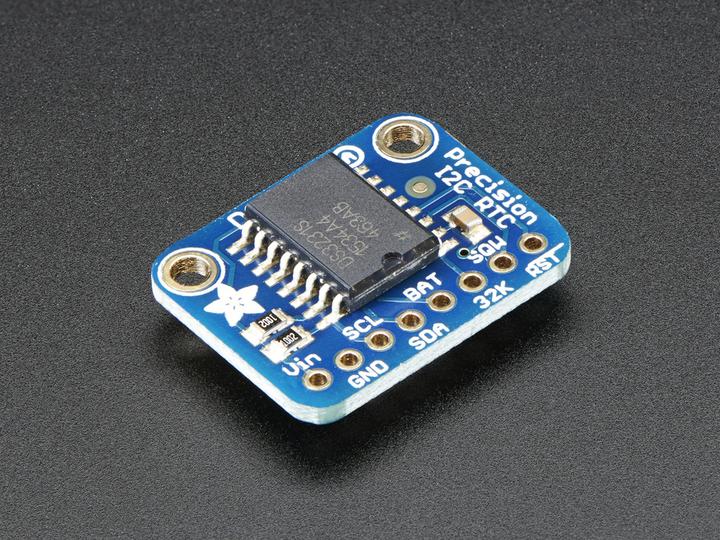
6. Raspberry Pi Telephoto Lens
The official Raspberry Pi telephoto lens, compatible with the HD camera, allows you to photograph distant subjects thanks to a focal length of 16 mm.
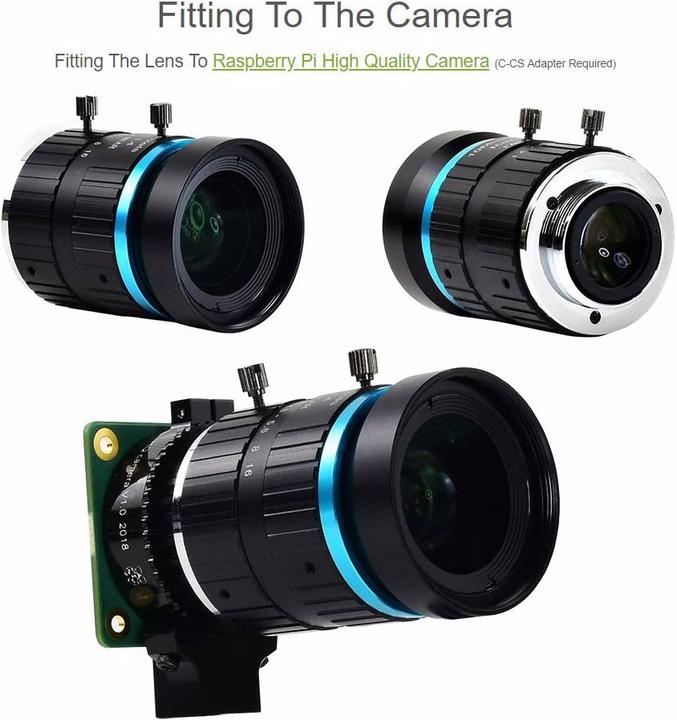
7. Adafruit Motor/Stepper/Servo Kit V.2
Control two servos, four bidirectional DC motors, and two stepper motors with your Arduino development board. The Arduino Motor Shield features a TB6612 controller and requires a separate power supply. Thanks to its stackable design, you can operate multiple shields on the same development board, allowing you to control up to 64 stepper motors or 128 DC motors.

8. Fibaro KeyFob remote control
The KeyFob has been designed with great attention to detail. Its ergonomic and compact shape allows it to fit perfectly in your hand or pocket. Large buttons enable intuitive operation. Adding devices to the system is as simple as using them. Each button can be assigned four functions: single click, double click, triple click, and long press. This allows the KeyFob to control 24 different devices or scenes. Additionally, six click sequences of two to five buttons can be defined, enabling a total of 30 actions. The KeyFob can be secured with a PIN code. To unlock it, a specific sequence must first be entered on the buttons, protecting against unauthorized or accidental execution of actions.
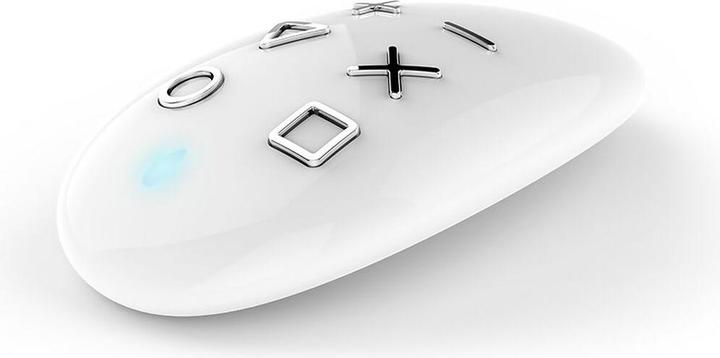
9. Velleman SV3N Subminiature Buzzer 8-15Vdc
Subminiature buzzer for flange mounting, black. Sound level: 88 dB. Operating voltage: 8-15 V DC. Continuous tone of 3.3 kHz. ABS housing with wire connection. Lightweight at only 8 g. Use the SV3N buzzer from Velleman for a variety of applications. Thanks to the wide input voltage range of 8 to 15 volts and the integrated oscillator, no special circuitry is required. At an operating voltage of 12 volts, the component produces a continuous tone of 88 dB at a frequency of 3.3 kHz.
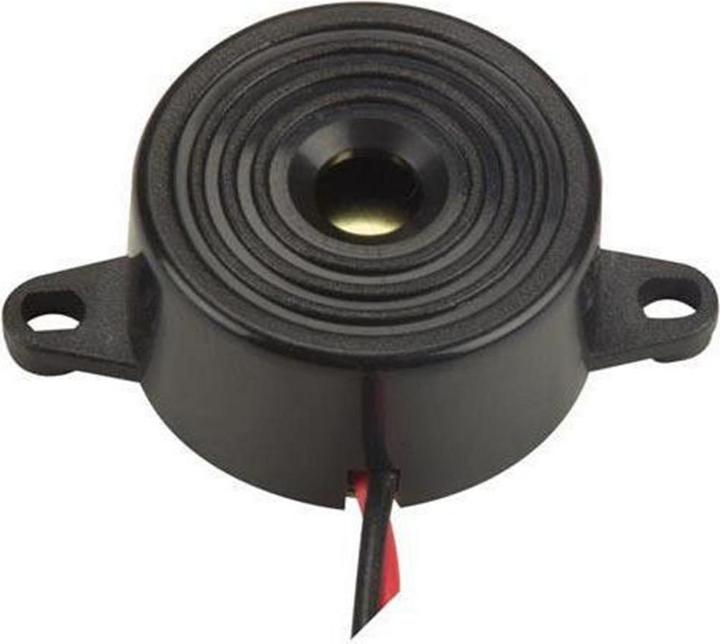
Velleman SV3N Subminiature Buzzer 8-15Vdc
Various
10. Adafruit LIS3DH Triple-Axis Accelerometer
The LIS3DH Triple-Axis Accelerometer from Adafruit is a versatile and energy-efficient electronics module that is ideal for a variety of sensor applications. With its ability to measure accelerations in three axes, this module offers high precision of 10 bits and allows for flexible scaling from ±2g to ±16g. The combination of I2C and SPI interfaces makes it easy to integrate the sensor into existing systems, while the interrupt output and various data rates from 1 Hz to 5 kHz provide additional functionalities. The LIS3DH is particularly suitable for projects that require low power consumption, as the sensor only uses 2 µA during operation. Additionally, it features functions such as tap and double-tap detection, as well as the ability to detect orientation and free fall. The module is delivered fully assembled and tested, making integration into projects easier.
- Low power consumption of only 2 µA in operation
- Optional scaling from ±2g to ±16g
- Supports both I2C and SPI interfaces
- Integrated functions for tap, double-tap, and free fall detection
- Additional ADC inputs for expanded sensor applications.

